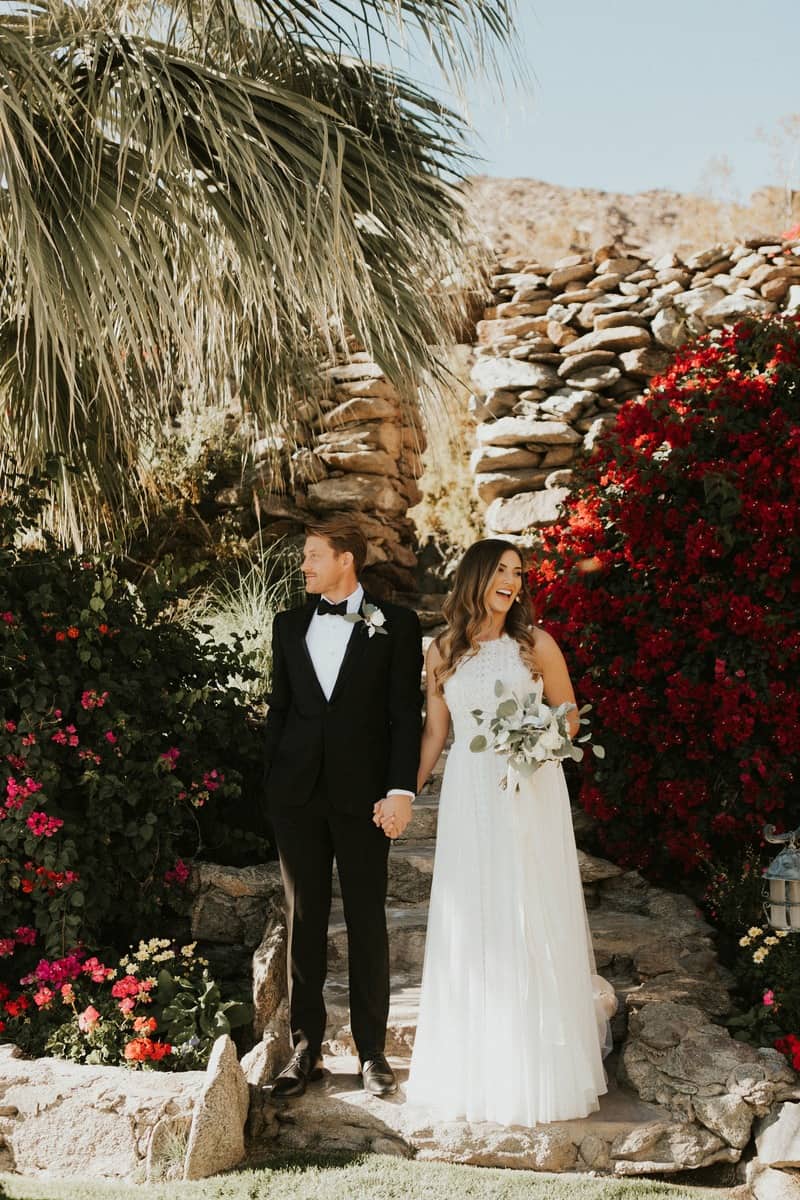If you hear the phrase “He married a girl,” you will understand that some man tied the knot with a woman. But what will you get from the literal translation «[Ան] ամուսնացաւ աղջիկ մը» ([An] amoosnatsav aghchig me)? You can only understand that . . . “a girl married”!
This is the risk of thinking in one language when talking or writing in another. Sometimes, you fall into amusing traps. In this case, you can solve it by using the proper expression «[Ան] ամուսնացաւ աղջկան մը հետ» (which literally would be “He married with a girl” in English).
Since we are in the field of sentimental issues, let us remind our readers of another troublemaker:
- “I fell in love with him”
- “I fell in love with her beauty.”
It does not matter whether it is a physical person or a non-physical quality. In Armenian you don’t fall in love with someone or something. There is no “with” (hed) there: «Ես սիրահարեցայ անոր/իրեն» (Yes siraharetsa anor/iren), «Ես սիրահարեցայ անոր գեղեցկութեան» (Yes siraharetsa anor keghetsgootyan).
But not everything is different.
English love has a direct object: “I love my wife,” “I love my dog,” “I love soccer.” Armenian love is no different; you love someone or something: «[Ես] կը սիրեմ կինս» ([Yes] guh sirem ginus), «Ես կը սիրեմ շունս» ([Yes ] gue sirem shoonus), «[Ես] կը սիրեմ ոտնագնդակը» ([Yes] guh sirem vodnakuntaguh).
But many people are fond of loving to someone or something. For instance, when they want to declare their love, they mistakenly say «Ես քեզի կը սիրեմ» (Yes kezi guh sirem), instead of «Ես քեզ կը սիրեմ» (Yes kez guh sirem). In this case, kezi means “to you.” Do you love “to” her? Or him?

